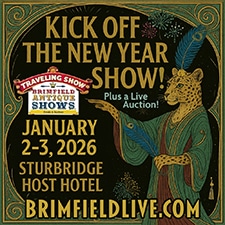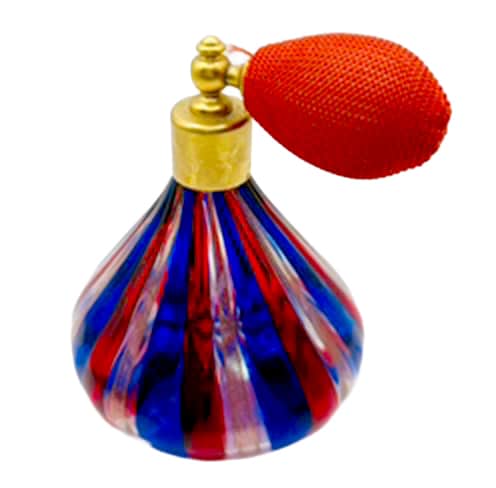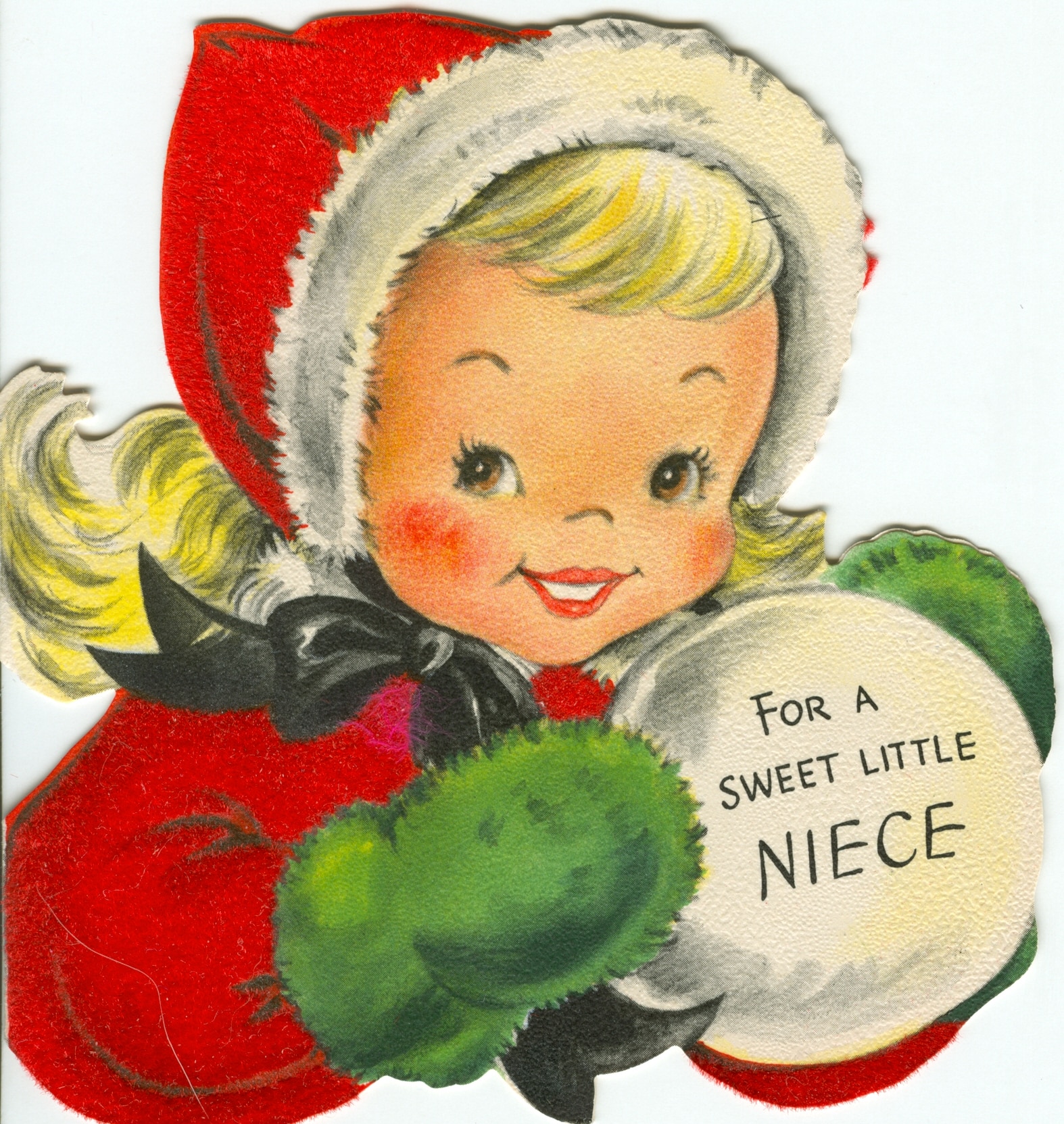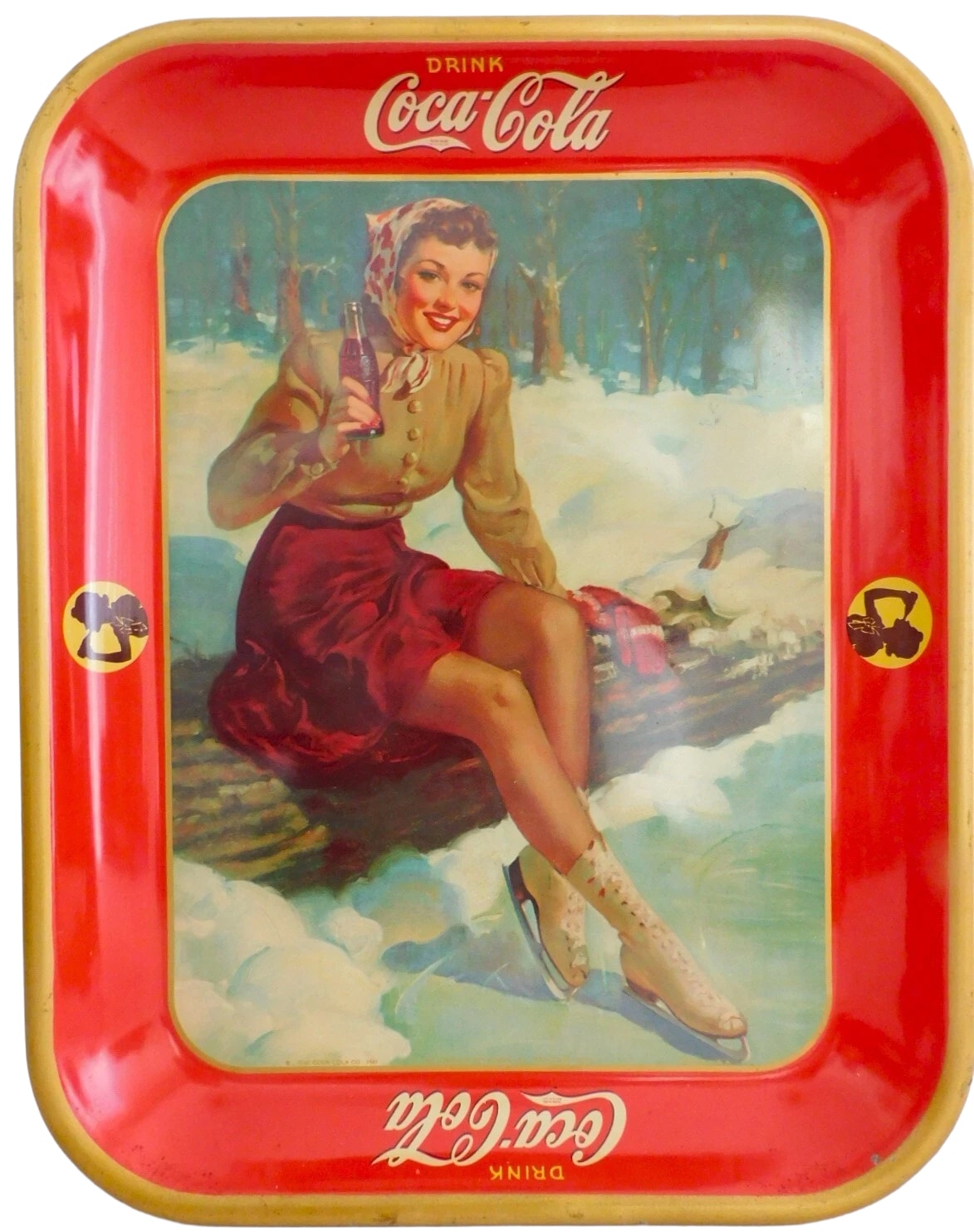More Tiny Chryslers
by Douglas R. Kelly
Now, where was I? Before I got sidetracked last issue with a visit to the world of Packard, we were digging into Revell’s H-O scale plastic models that the toy maker produced for 1961 (“Toys From the Attic,” Sept. issue). These small (two to two-and-a-half inches long) Chrysler Corporation cars came pre-built (unlike the vast majority of Revell’s output as a manufacturer of model kits), and were only made for less than a year (possibly much less, given their rarity today).
Revell sold the Chrysler models both in individual boxes and as a set, including all seven cars. In September, we looked at the first of three Dodges in the group, the unique-looking Polara. The Revell series also included the Dart, which was a low-priced version of the Polara for 1961, and the Lancer, which has often been called Dodge’s ugliest car. It was really just a badge-engineered Plymouth Valiant, and—love ‘em or hate ‘em—there’s no mistaking a Lancer or a Valiant for any other car.
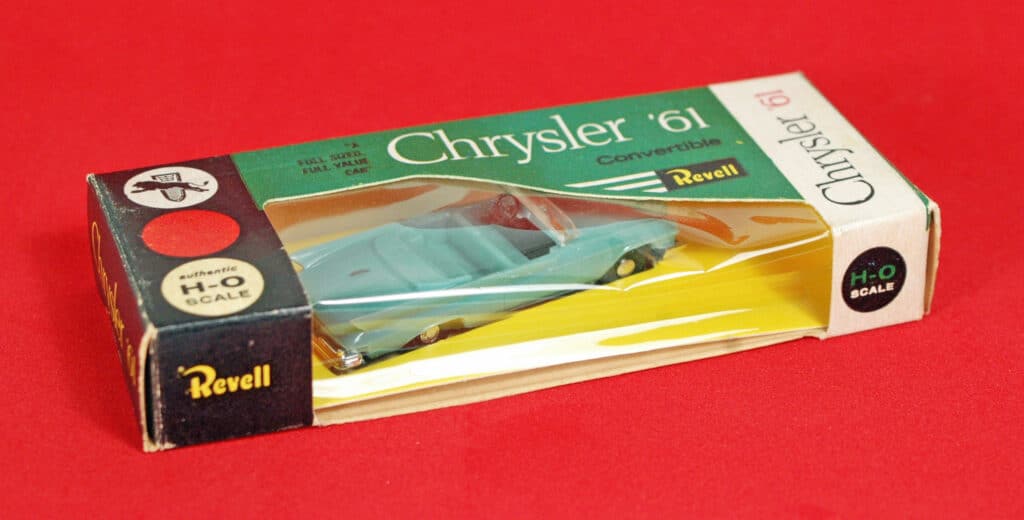
The Revell boxes for the individual models featured correct Chrysler logos.

The Valiant wagon.
The 1961 set included two Plymouths, both of which were station wagons. I love this for two reasons: first, I grew up in station wagons, and second, model and toy station wagons were few and far between in the 1950s and 1960s, despite the huge numbers you’d see on the road every day. One was the Valiant wagon, which was just as distinctive a design as the sedan, and the other was called simply the Plymouth wagon (which I think was a model of the Suburban). The Plymouth was a two-door model, a configuration that always struck me as kind of odd… station wagons of course could be used to haul loads that were loaded in from the back, but didn’t automotive designers get the memo that the vast majority of these cars were used to haul people, mainly kids? Who wants a two-door wagon, where the front seats have to be folded forward to allow backseat passengers to squeeze in and out?
Accuracy in a Small Package
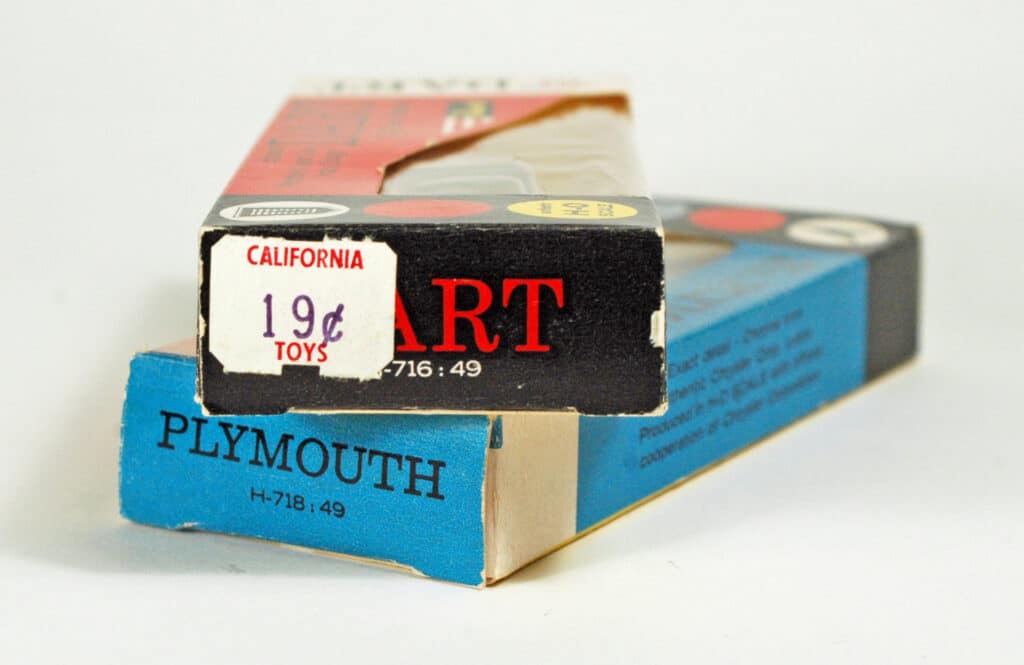
The Revell HO models don’t cost
19 cents anymore.
Two more entries were part of this series, and they’re both top shelf. The Chrysler convertible was based on the Newport model of that year rather than the New Yorker, and it’s an accurate replica of the ragtop. Actually, all of these Revell models are pretty much spot-on in terms of authenticity, especially considering their small size, which often makes body details more difficult for a manufacturer to incorporate.
The Newport convertible even has the vertical lines on the trunk, a distinctive feature of the ’61 cars. And of course, it has those lethal rear fins, which undoubtedly made parking lot maneuvers just a little more fun for everyone.

Revell captured the 1950s-style fins of the Imperial very well.
Last, but absolutely not least, Revell included an Imperial in this lineup. Imperial was Chrysler’s luxury brand, and the 1961 models boasted a new front-end design, which Revell captured pretty well on this little model. The Revell—which I think was based on the Crown model—also has the continental kit mounted on the rear deck, which to my way of thinking just looks as sharp as can be. And the rear fins on the Imperial are actually larger, if that’s possible, than those on the 1961 Chrysler.
These little Revells always remind me of the 1963 film It’s a Mad, Mad, Mad, Mad World, in which several Chrysler products were used by the characters as they chased one another across California. The cars used in the movie were a year later (1962 models) than these Revell
versions, so there are some visual differences. But the Dodge Dart, the Imperial Crown convertible, and the 1959 Plymouth Belvedere fly the Chrysler flag proudly, helping make the film a true classic. Maybe I can convince my girls to watch it with me again this weekend.

Douglas R. Kelly is the editor of Marine Technology magazine. His byline has appeared in Antiques Roadshow Insider; Back Issue; Diecast Collector; RetroFan; and Buildings magazines.



